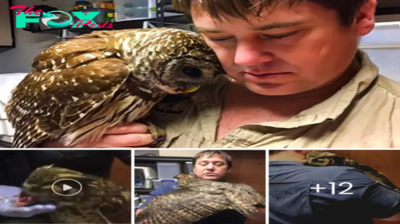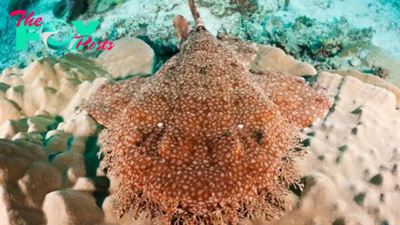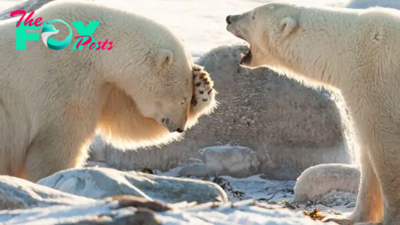Animals
What is a species?
Many people could differentiate a sparrow from a pigeon, hawk or duck. But to a biologist, the term "sparrow" wouldn't be descriptive enough — a biologist would want to know what species of sparrow they were looking at. But what, exactly, is a species, and how is it defined?
In biology, a species is the fundamental unit of taxonomy, the scientific system of categorizing life on Earth. And without the concept of a species, plenty of scientific endeavors, from wildlife conservation to public health, would be much more difficult.
Related: What defines a species? Inside the fierce debate that's rocking biology to its core

What defines a species? Inside the fierce debate that's rocking biology to its core
Read more:
—AI is rapidly identifying new species. Can we trust the results?
—6 species that scientists got wrong
—20 of the best named animal species on Earth, from Boops boop to Agra vation
Officially, a "species" is the bottom of the taxonomic ranking system that starts with domain and works its way down through kingdom, phylum, class, order, family and, finally, genus and species. These bottom two categories give each organism its scientific name, such as Passer domesticus, the house sparrow, which is the species "domesticus" in the genus Passer.
This system was formalized in the 1700s by Swedish biologist Carl Linnaeus. And for a long time, the divisions between species were often based on obvious trait differences — one bird species might have had a blue head, while another species had a red head. But in the mid-20th century, biologist Ernst Mayr proposed a more rigorous definition, known as the biological species concept.
"He promoted this idea that species are reproductively isolated units, so populations that interbreed together," said Sushma Reddy, an evolutionary biologist at the University of Minnesota. Essentially, house sparrows mate only with other house sparrows, and Eurasian tree sparrows (Passer montanus) mate only with other Eurasian tree sparrows, thus keeping these populations separate.
But there are some problems with that definition. Many species can and do breed with other species — including house sparrows and Eurasian tree sparrows. In addition, some species (including many microbes) reproduce asexually, meaning one individual replicates itself. Therefore, grouping these tiny creatures into "reproductively isolated units" makes little sense.
-

 Animals1h ago
Animals1h agoWhen Threatened, This Caterpillar Takes On the Appearance of a Venomous Snake
-

 Animals3h ago
Animals3h agoHeartbreaking Plea: Sun Bear Waves for Help, Finally Rescued After Being Trapped in the Snare
-

 Animals3h ago
Animals3h agoMysterious Moon Encounter: UFO Races Across Lunar Surface, Puzzling Astronomers with Unexplained Phenomenon
-

 Animals9h ago
Animals9h agoHeartbreaking! Sea Turtle Was Trapped In A Fish Net Completely But Was Later Rescued & Released Into The Sea
-

 Animals9h ago
Animals9h agoHeartwarming Rescue: Leopard Cares for Baby Antelope After Loss of Mother, Questioning Its Intentions in a Surprising Wildlife Moment
-

 Animals10h ago
Animals10h agoA Stitch of Hope: Turtle Receives Plastic Surgery on Shell Following Boat Crash, Inspiring Compassionate Conservation Efforts
-

 Animals15h ago
Animals15h agoHeartwarming Escape: Stunning Photos Show Impala’s Daring Leap, Evading Lioness’ Jaws and Narrowly Escaping a Grim Fate
-

 Animals18h ago
Animals18h agoTasselled wobbegong: The master of disguise that can eat a shark almost as big as itself



















